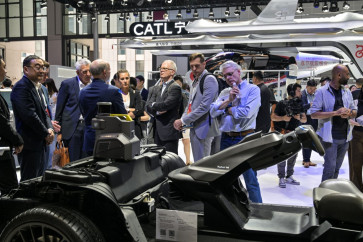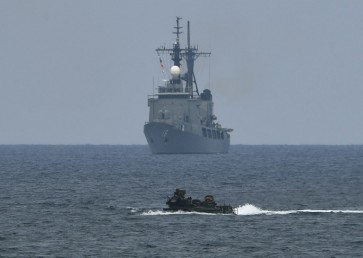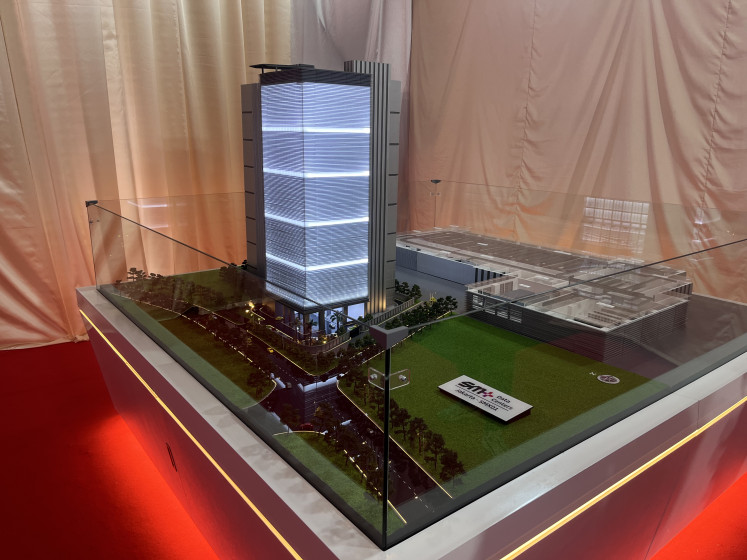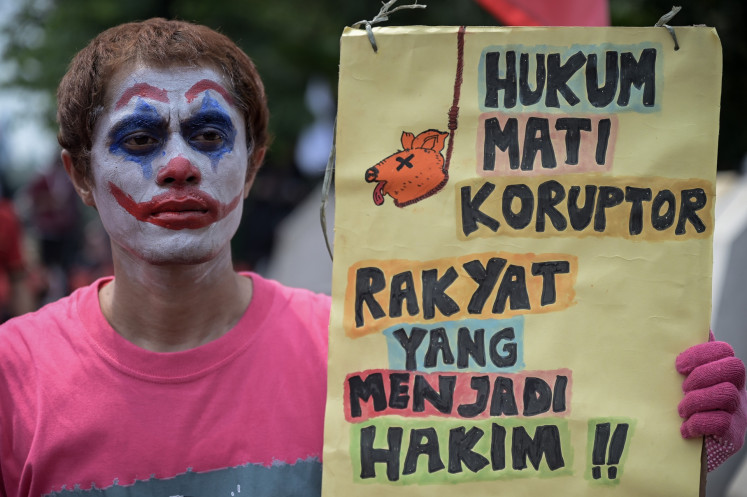Popular Reads
Top Results
Can't find what you're looking for?
View all search resultsPopular Reads
Top Results
Can't find what you're looking for?
View all search resultsPLN, PHE to generate power from CBM in Sangatta
State power utility PT Perusahaan Listrik Negara (PLN) and PT Pertamina Hulu Energi (PHE), a subsidiary of state oil and gas firm PT Pertamina, will team up to develop coal bed methane (CBM) for electricity in Sangatta, East Kalimantan, and Muara Enim, South Sumatra
Change text size
Gift Premium Articles
to Anyone
S
tate power utility PT Perusahaan Listrik Negara (PLN) and PT Pertamina Hulu Energi (PHE), a subsidiary of state oil and gas firm PT Pertamina, will team up to develop coal bed methane (CBM) for electricity in Sangatta, East Kalimantan, and Muara Enim, South Sumatra.
PLN expects production of Sangatta to reach between 0.1 million standard cubic feet per day (mmscfd) and Muara Enim 0.5 mmscfd, said Suryadi Mardjoeki of the company’s oil-based fuels and gas division.
“Now the development of gas has reached the phase of de-watering [pumping water in a CBM well]. We will distribute the power to areas near the block as long as the gas supply is constant,” Suryadi added.
PLN, PHE and upstream oil and gas regulator BPMigas are currently discussing terms and conditions for gas sales and purchase, said PHE president director Salis S. Aprilian in Jakarta on Monday.
“PLN will sell the gas produced from a CBM block and Pertamina Gas [Pertagas] will channel the gas to PLN. The transportation fee will depend on the distance between the block and the power plant,” he added.
During the current development phase, PHE did not use the gas but flared it until the expected amount of production was reached, Salis said.
PLN has set aside US$2 million to set up several small gas engines with capacity of 500 kilowatts (KW) and 2 megawatts (MW), Suryadi of PLN said.
Sangatta and Muara Enim are not the first CBM-to-power projects in the country. Previously, PLN had signed agreement with Virginia Indonesia Company (Vico) in Sangatta to deliver electricity to customers in July this year.
“The government set the price for the gas at $7.5 per million British thermal unit [Btu],” Suryadi said.
PHE is currently developing CBM in 11 locations across the country, but only four have begun production.
According to PHE’s 2012 work and budget plan, the blocks are Sangatta I (1.2 mmscfd), Sangatta II (0.48 mmscfd), Muara Enim (0.54 mmscfd) and Tanjung Enim (0.25 mmscfd).
There are currently 42 CBM contractors working under BP Migas’ coordination, agency data shows.
Indonesia’s non-conventional gas reserves are estimated to be even larger than conventional gas reserves.
The country’s conventional gas reserves stand at 104.49 trillion cubic feet (tcf), while the CBM potential reserves alone hit 454.3 tcf. The reserves are located in 11 basins nationwide. The largest reserves are in South Sumatra, which has estimated total reserves of 183 tcf, Barito 101.6 tcf, Kutai 80.4 tcf and Central Sumatra 52.5 tcf.
To boost the development of non-conventional gas in the country, earlier this year the government issued a ministerial regulation on the determination and the auction of non-conventional gas working areas.
Last month, publicly listed PT Medco Energi Indonesia also signed an agreement with Korea Gas Corporation to develop CBM in Medco’s three blocks in South Sumatra — Sekayu, Muralim and Lematang.










